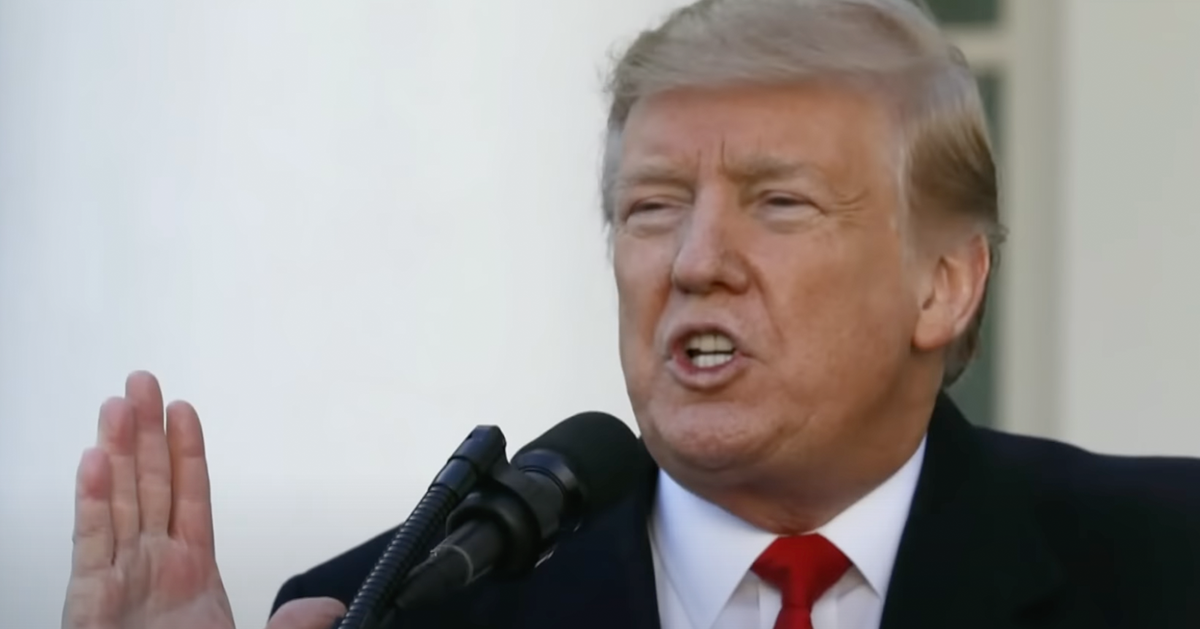Clarence Thomas Dissents, Splits from Colleagues on EPA Rule
A recent United States Supreme Court decision has generated significant attention, as the panel opted not to halt the Environmental Protection Agency's (EPA) greenhouse gas emissions standards for power plants, despite requests from various states and industry groups for an emergency hold on the policy.
The decision is notable for its rejection of an emergency request in a 7-1 vote, with the sole dissent coming from conservative Justice Clarence Thomas, as Newsweek reports.
The rule, which forms part of the Biden administration's environmental agenda, was issued in April and requires both new and existing coal-fired and natural gas power plants to reduce or capture 90% of their emissions by the year 2032. With the Supreme Court's current decision, ongoing litigation will continue in lower federal courts.
Justice Brett Kavanaugh, providing a rationale for the majority decision, noted that the applicants challenging the rule do not need to begin compliance efforts until the summer of the following year.
He emphasized that "irreparable harm" would likely not occur before a decision is reached by the Court of Appeals for the D.C. Circuit. This perspective highlights the view that immediate harm is unlikely, hence the decision to deny the stay.
Clarence Thomas Stands Alone in Dissent
The ruling also spotlighted a rare division within the conservative justices. Thomas cast the lone dissenting vote, differing from his colleagues on whether to pause the EPA’s regulation pending further legal proceedings. While the court generally sided against the need for an emergency stay, Thomas evidently viewed the applicants' concerns with greater urgency.
Conservative Justice Samuel Alito did not take part in the decision-making process, which further narrowed the pool of opposition within the court. This lack of participation adds an interesting dimension to the ruling, as past decisions surrounding environmental regulations have often seen closely contested votes.
Responding to the court's decision, West Virginia Attorney General Patrick Morrisey expressed resolve. He stated clearly that the legal battle would continue, asserting that the EPA's rule overreaches by attempting to overhaul the nation's power grid, potentially shuttering plants by enforcing technologies that may not prove practical.
Reaction Sparks Debate on Environmental Policy
The EPA, on the other hand, welcomed the decision. An EPA spokesperson expressed satisfaction that the standards would remain in effect during the ongoing legal process.
According to the EPA, the rule is based on "proven and cost-effective control technologies" and is projected to yield up to $370 billion in net benefits related to climate and public health over the next two decades.
Industry groups and several states, including West Virginia and Indiana, have argued that the EPA has yet to show that the rule will achieve the emissions reductions claimed by the federal government.
Despite these arguments, the court's ruling allows the rule to stand as litigation continues at the appellate level.
This decision follows a pattern of the Supreme Court supporting federal environmental regulations this month. Earlier, the court upheld two other EPA regulations addressing mercury and methane emissions, underscoring its position on certain environmental issues when challenged on legal grounds.
Legal Proceedings Continue in Lower Court Battles
Despite the unresolved status in higher courts, entities opposing the rule are expected to pursue the case vigorously. With the Supreme Court declining to intervene at this stage, the primary legal battleground now shifts to the Court of Appeals for the D.C. Circuit. This court will evaluate whether the EPA's regulation holds merit under existing statutory authority.
As the regulatory landscape continues to evolve, stakeholders on both sides await further legal interpretations. The EPA’s current efforts align with President Biden's broader strategy to address climate change through substantial emission reductions.
EPA Advances Regulation Amid Legal Scrutiny
While the judicial process unfolds, the EPA maintains its stance that the rule is necessary and justified. The agency aims to secure extensive environmental and public health benefits, as stated by their representative. Their determination to move forward with implementation reflects a commitment to long-term climate goals despite ongoing challenges.
In conclusion, the high court's recent ruling reflects an intricate balancing act between economic interests, state prerogatives, and environmental imperatives.
Legal challenges will persist as lower courts weigh in on the EPA’s capacity to enforce such regulations, with the stakes involving significant potential impacts on power producers and environmental policies nationwide.




